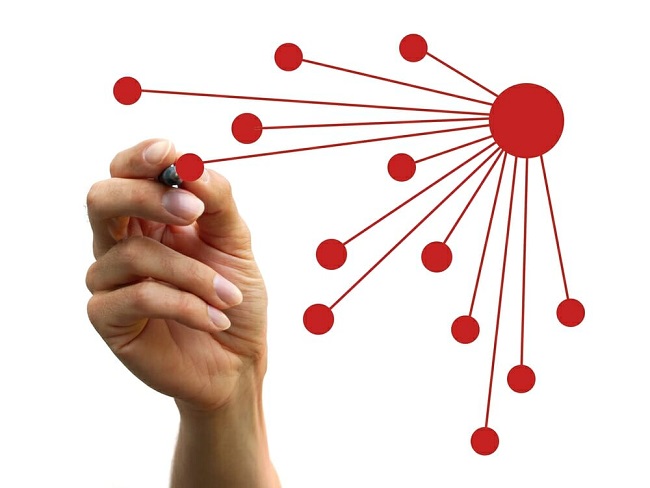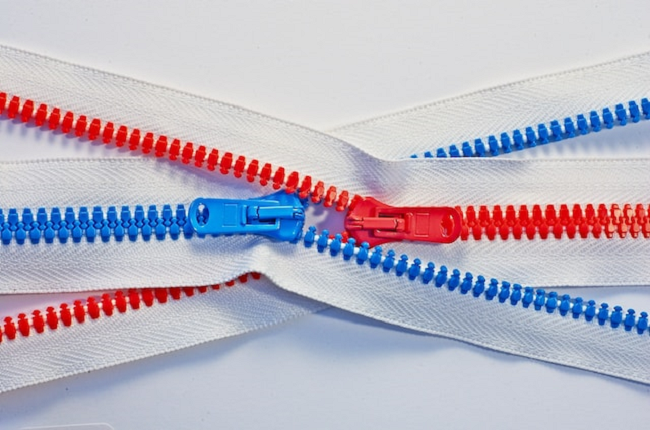Over the last 8 years or so and since the publication of our book: Thiamine Deficiency Disease, Dysautonomia, and High Calorie Malnutrition, I have written dozens of articles and given countless interviews and talks on the importance of thiamine. Just last month, I was privileged to give a talk on thiamine at The Forum for Integrative Medicine. While the talk was recorded, it was available only to conference attendees, physicians, and other practitioners. So that others may have this information, I am including the PowerPoint below.
The talk was entitled: Thiamine and the energy to heal. In it, I outline why we ought to be looking at thiamine, why we are not, and why so many people are walking around with insufficient thiamine relative to the demands not only of modern living, but also, for their own genetic predisposition and unique constellation of environmental exposures. All of the benefits of modernity that we enjoy so readily, the fast and convenient foods with chemical preservatives that extend shelf life, the agricultural chemicals that promise to maximize production, the industrial chemicals that make transportation, heating and cooling, computer and cell phone technologies possible, and modern medications that override natural systems, all deplete thiamine and other nutrients. In other words, modern living demands more nutrition that we provide and that, I believe, is the root of all illness.
Sadly, conventional wisdom disagrees. We are taught that food availability, no matter its composition, equates with nutrient sufficiency. With a good portion of the population overweight or obese, the idea that we may be fundamentally malnourished seems comical. When speaking of nutrition, even prominent researchers and physicians use the term ‘over-nutrition’ to describe the health risks associated with being over-weight. Read just about any article on obesity and the term will likely be used. I won’t belabor the point, but I have to note, that how we define nutrient sufficiency determines whether or not we understand deficiency.
The title of the talk – thiamine and the energy to heal – points directly to the key concepts both Dr. Lonsdale and I have been pushing for years: that healing takes energy and energy takes thiamine. We know this intuitively. What do we do when ill? We rest to conserve energy. Over the last several decades, however, we have forgotten that in order to conserve energy, we have to be able to make energy. No amount of energy conservation will help if one cannot make energy efficiently in the first place.
So how do we make energy? Biological energy or ATP is synthesized by deriving from the foods we eat essential macro (amino acids from protein, fatty acid from fats, and glucose from carbohydrates) and micro nutrients (vitamins, minerals, and metals) and funneling those substrates through a series reactions to make ATP. Those reactions take place in the cell, but mostly in the mitochondria, and all of them require ample nutrients to run. The manufactured ATP then drives everything else. It gives us the energy to live, to breathe, for the muscles to contract, the brain to function, the heart to beat, the immune system to fight illness, even the ability to die a peaceful death requires sufficient ATP. When we cannot make sufficient ATP to fuel the basic functions of living, to put it bluntly, sh%t goes wrong, and it goes wrong in some wildly bizarre and unique ways. Importantly, when we cannot make adequate ATP, no amount of rest will help. Indeed, some research suggests, extended periods of immobility may even degrade ATP synthesis. See here, here.
Why Thiamine?
Thiamine is key to making ATP. It serves as a rate-limiting nutrient to the entire process. If there is not enough thiamine relative to demand, ATP production suffers. Thiamine is the gatekeeper to mitochondrial production of ATP. It quite literally determines whether substrates of glucose can enter the mitochondria and produce up to 30 units of ATP per glucose molecule or if glucose has to be metabolized in the cell where we get only about 2 units of ATP per molecule. Thirty versus two is a huge difference in energy production. Imagine trying to function on such diminished energetic capacity. It just does not work.
That’s not all – thiamine is involved in fatty metabolism and fats can provide up to 100 units of ATP per molecule and it is involved in protein/amino acid metabolism where it determines the pattern of amino acids available for DNA/RNA and other functions. So thiamine is absolutely critical to health and we simply do not get enough from the modern diet both directly and relative to demand. Remember, modern living demands more thiamine than modern diets provide.
Returning back to having the energy to heal, if thiamine is instrumental in making energy, thiamine then is instrumental to healing. To the extent one is unable to heal or suffers with a chronic illness that will not resolve, it is very likely that thiamine intake is insufficient to the demands of the illness. Sure, there are other nutrients that are absolutely critical for health and healing and may also be deficient, but they are downstream of thiamine and require ATP to be managed effectively. That means when thiamine low, we are unable to utilize a whole bunch of other nutrients. It also means that many nutrient deficiencies may be relative to reduced ATP production from inadequate thiamine and not a reduction of the nutrient itself.
The bottom line is that thiamine is critical for health and healing and we ignore it at our own peril.
Thiamine and the energy to heal.
We Need Your Help
More people than ever are reading Hormones Matter, a testament to the need for independent voices in health and medicine. We are not funded and accept limited advertising. Unlike many health sites, we don’t force you to purchase a subscription. We believe health information should be open to all. If you read Hormones Matter, like it, please help support it. Contribute now.
Yes, I would like to support Hormones Matter.
Photo by Dan DeAlmeida on Unsplash.













What a fantastic presentation!